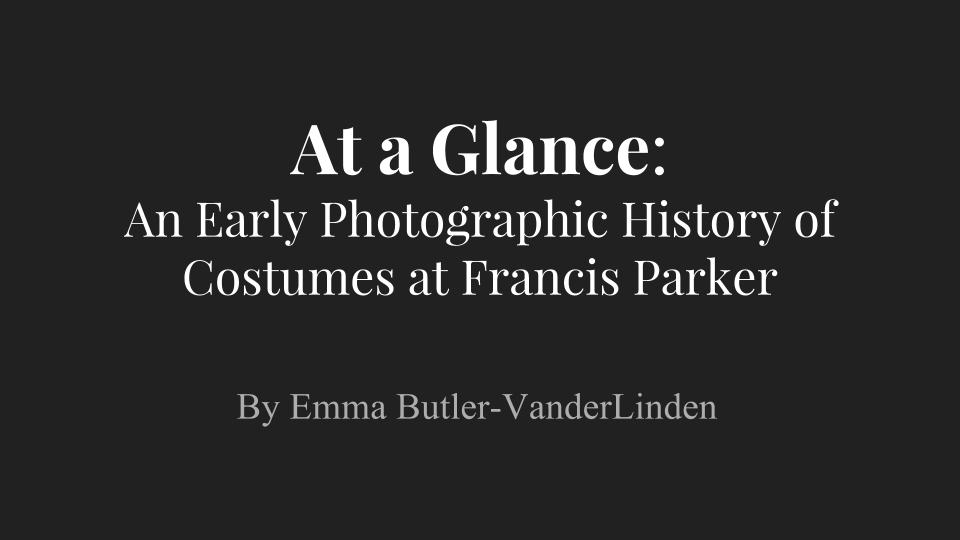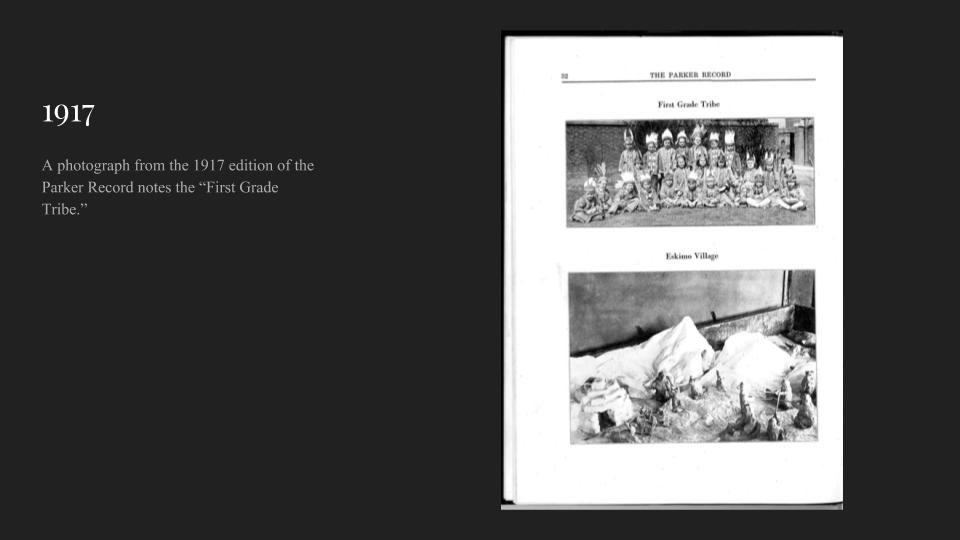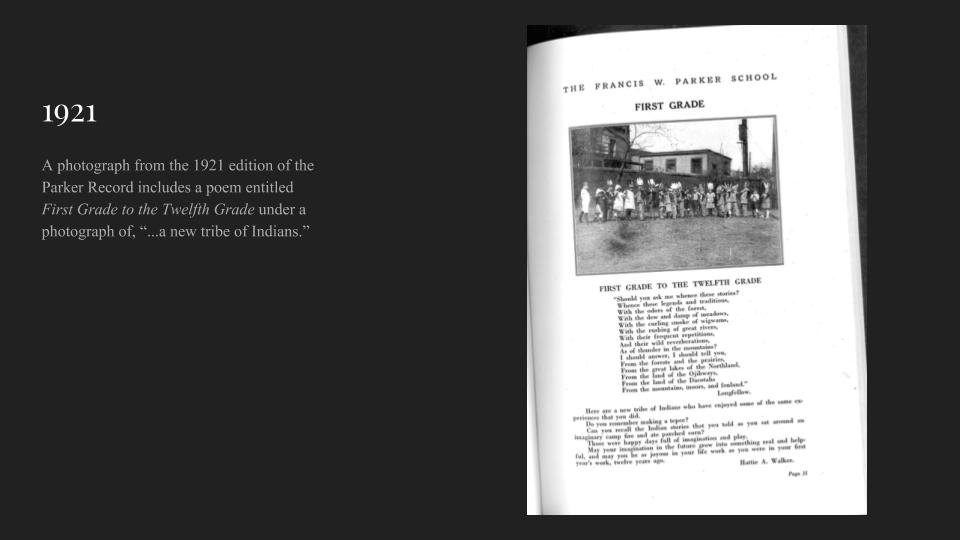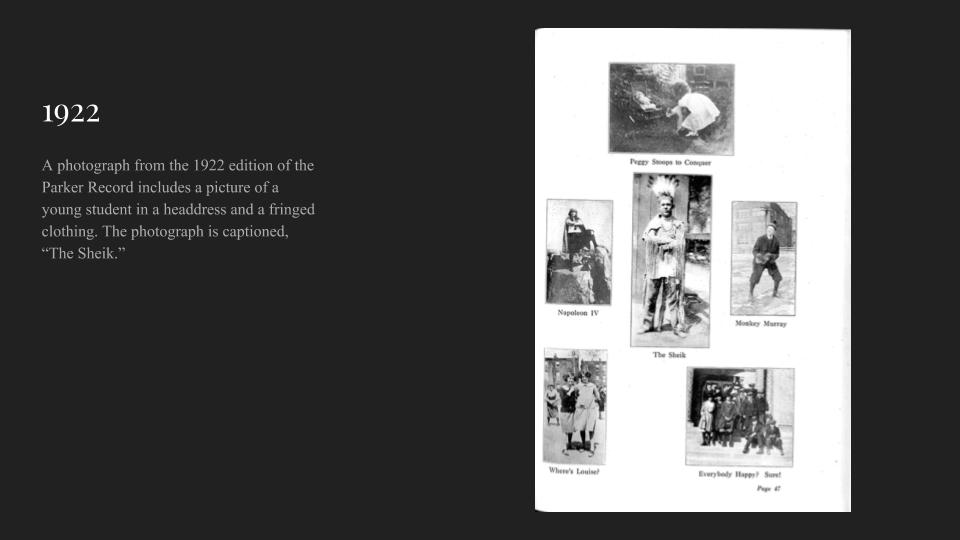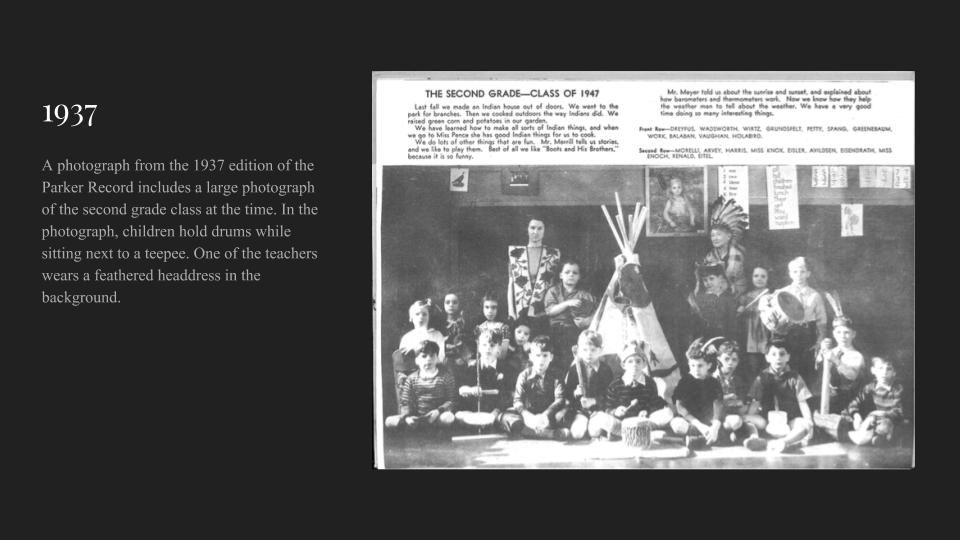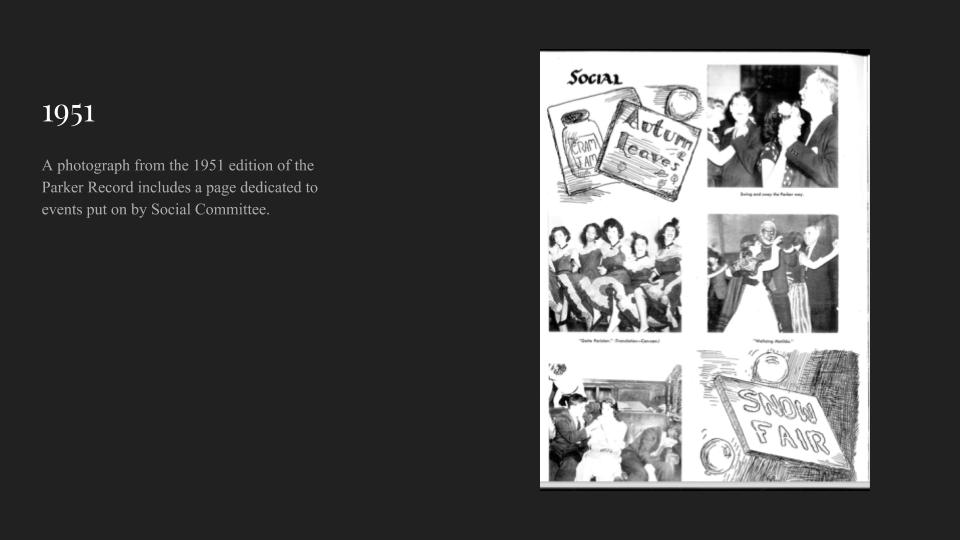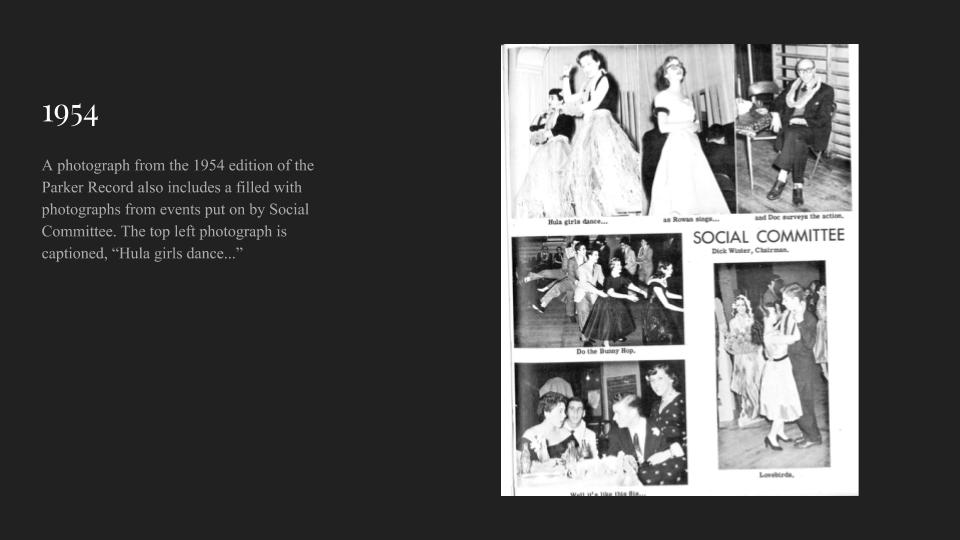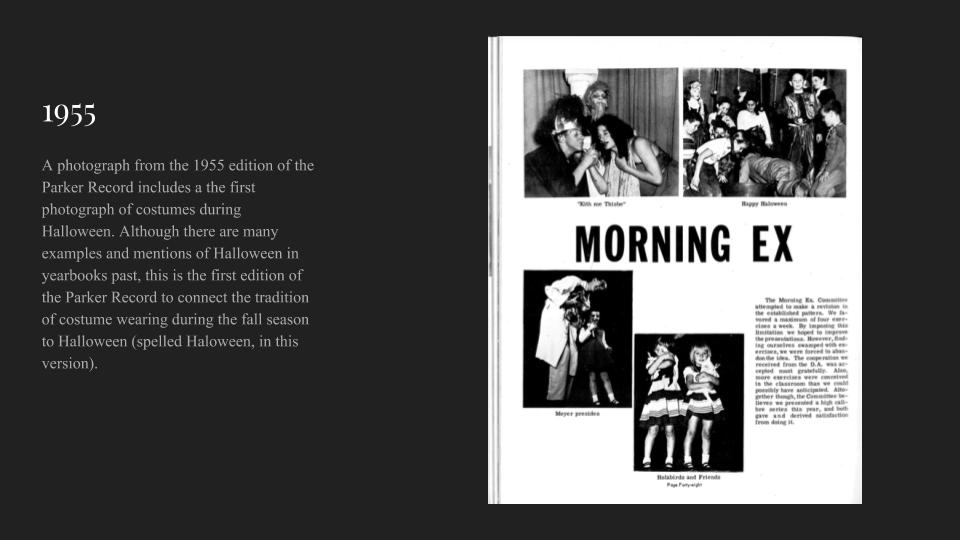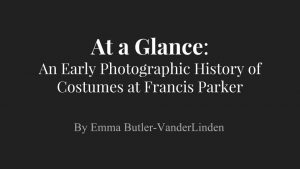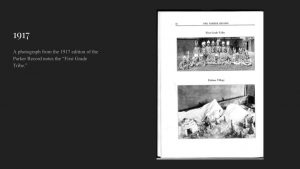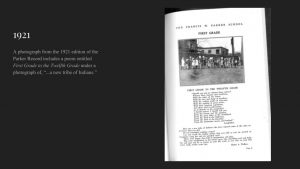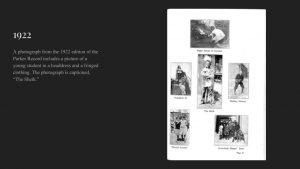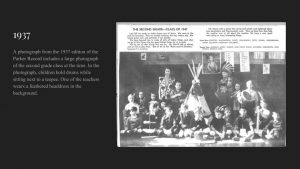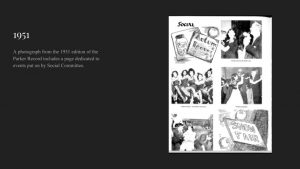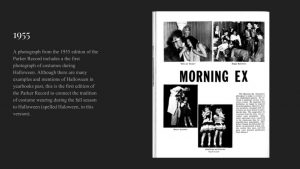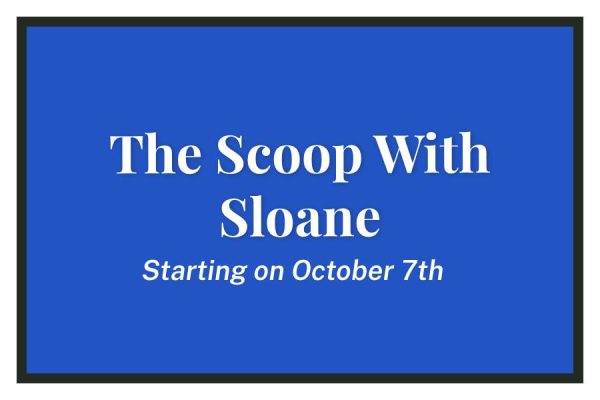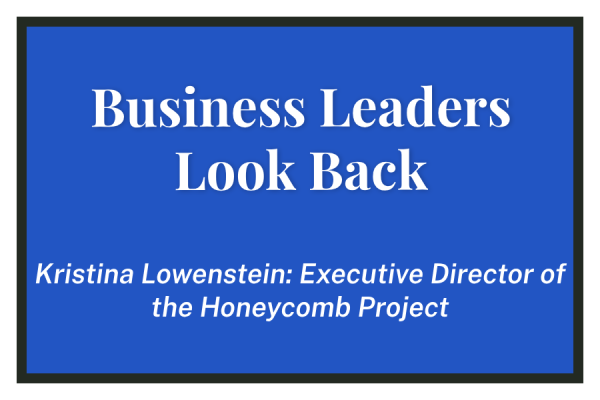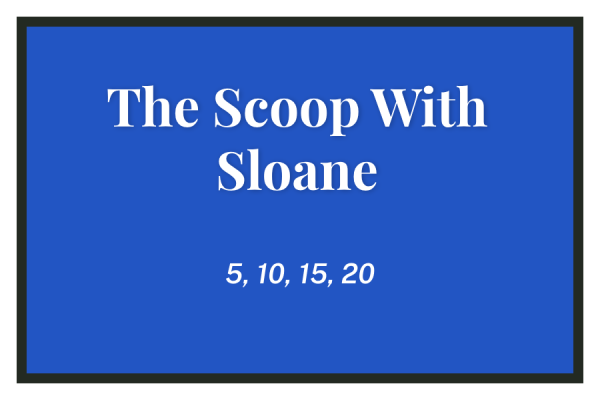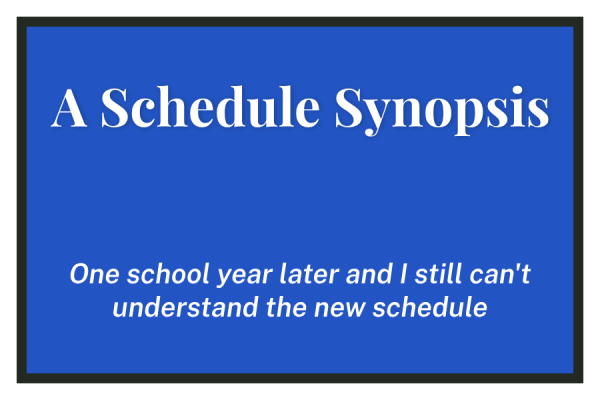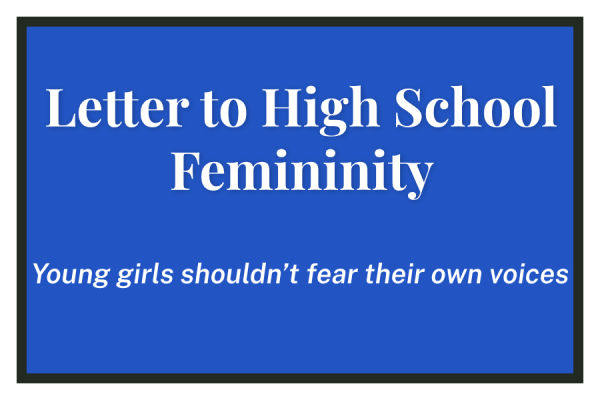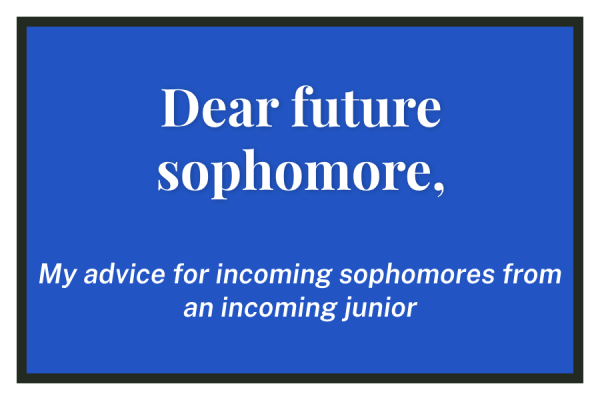Emma’s Dilemmas
Trick or Treat, Don’t Mistreat
Bookended by County Fair on one end and Halloween on the other, October is the sweet spot between the hectic, back-to-school whirlwind that is September and the calm before the mid-semester storm that is November.
Halloween, in particular, carries a strong sense of community with its arrival. Parker teachers, students, and administrators don all sorts of wacky and wonderful costumes, with the occasional zombie or vampire thrown into the mix. But it isn’t all pumpkins and candy corn. Parker has had a long, troubling history with cultural appropriation that tends to shoot up during this time of year like a pesky weed that refuses to die.
You only have to look as far as a photo slideshow from a few years back of the Halloween parade to see young students dressed as “Tween Indian Tribal Spirits,” the name given to the ensemble on HalloweenCostumes.com. Or you could go back just a bit to the “Special Events” section of the 1996 Parker Record that surreptitiously points out that students had dressed as “a tribe of Pocahontas admirers.” What that’s supposed to mean, I’m not entirely sure.
Halloween is a time of year where convention gets turned upside down and inside out. It’s a celebration during which the serious is made a satire–people dress up as politicians or Navy S.E.A.L.S., and it’s entertaining. We laugh when intermediate schoolers dress in orange jumpsuits, carry boxes of Lucky Charms, and proclaim themselves to be “cereal killers.” During Halloween, anyone can put on an eyepatch, swap their shirt, or swipe on a layer of facepaint and become whoever they want–or so we’d all like to think. But there is a difference between inspiration and appropriation, and it’s more than possible to avoid crossing that line.
The tradition of dressing up in costume, an indispensable aspect of the festivities nowadays, is derived from the ancient Celtic ritual of dressing up in dark, foreboding clothing to ward off evil spirits during autumnal pagan ceremonies. The custom evolved, and today you’ll find whimsical costumes as common as those that are intended to be frightening
But it’s important to remember on a day that is now primarily dedicated to Fright Fest and king-sized candy that the people we choose to impersonate may very well exist in real life. On a day where the dismantling of power structures is funny–hence the proliferation of Donald J. Trump masks–we must make sure that we do not kick those who have historically not enjoyed the same privilege.
Unlike the Vikings or Roman Gladiators, Native Americans are still alive. To choose to claim part of their culture for a night without a shred of knowledge about what that actually means is unacceptable. The same goes for other “inspired” costumes as well (I’m looking at you, “Hey Amigo Mexican Costume”).
I understand that this problem may not be as widespread at Parker at it is at other schools or college campuses, but nonetheless, we are all still responsible for the choices that we make–you simply can’t expect to use “humor” as an excuse when you deeply offend someone with a costume that would be utterly unacceptable any other day of the year.
So this Halloween, try to keep that in mind. Because on a day of ghosts and swamp creatures, there’s nothing more chill-inducing than seeing your culture boiled down to a few lazy stereotypes.



